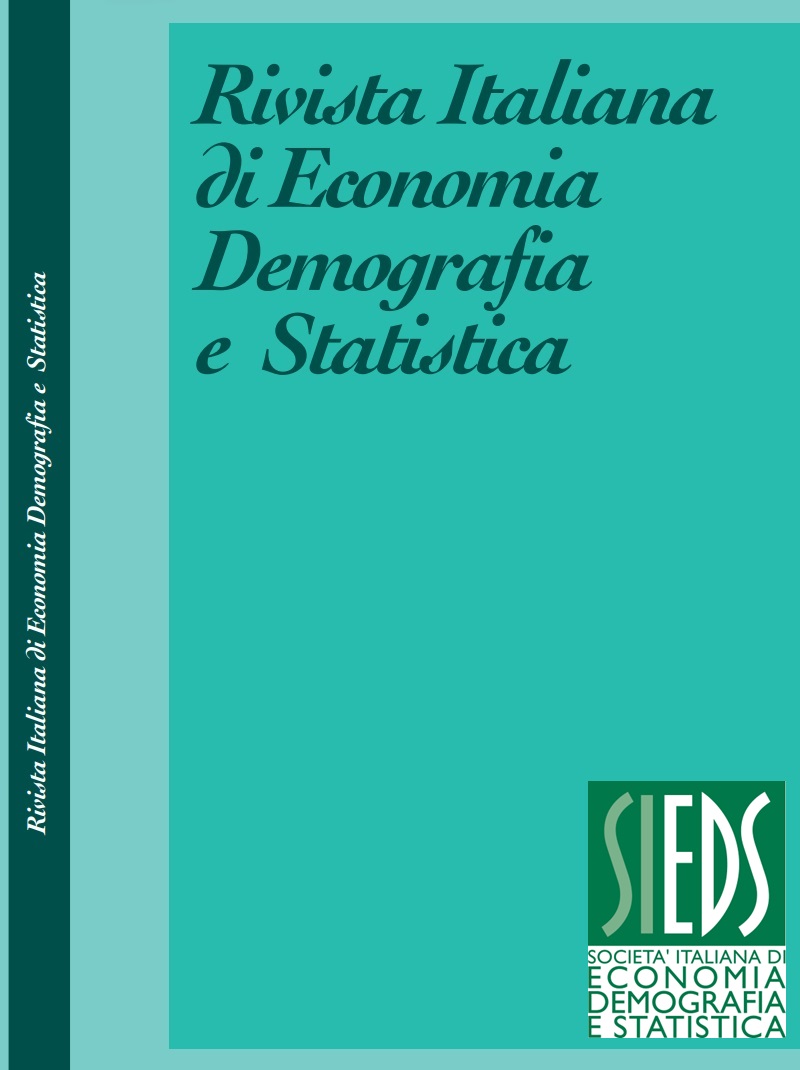Is the proportion of immigrant children in Italian schools directly or indirectly associated with educational performances?
Abstract
Advancing the current literature, we aim to investigate if the proportion of immigrants, enrolled in the lower secondary Italian schools (grade 8), is, directly or indirectly, associated to mathematical and reading skills of students. Due to the hierarchical structure of INVALSI data, collected during school years 2018/19 and 2020/21, we perform a multilevel standardized mediation analysis. This approach includes a measurement and structural model at both individual and school level, with random slopes and intercepts. Our results don't seem to support the general scientific debate regarding the direct negative effects of migrants' concentration at school on students' educational performances. Conversely, an indirect effect, mediated by school-based parents' participation, is observed. However, this effect becomes no more statistically significant once the role of schools' average socio-economic context is emphasized in the analysis. This result leads us to argue that the role of schools' socio-economic context prevails on school's ethnic composition in defining education performances of students.
Downloads
Published
Issue
Section
License
Copyright (c) 2022 Margherita Maria Pagliuca, Sergio Longobardi, Giuseppe Gabrielli, Alessio Buonomo

This work is licensed under a Creative Commons Attribution 4.0 International License.



